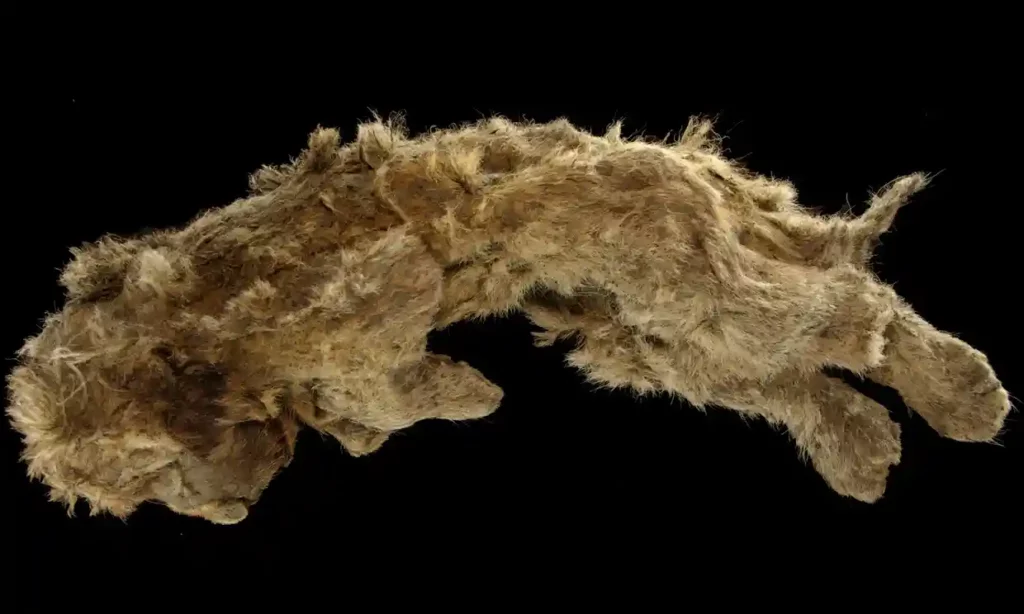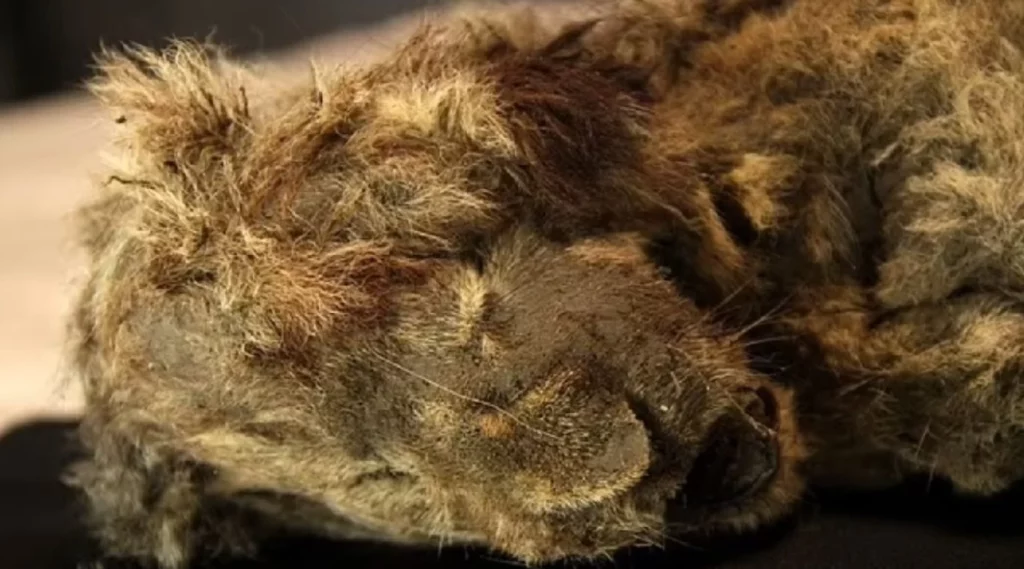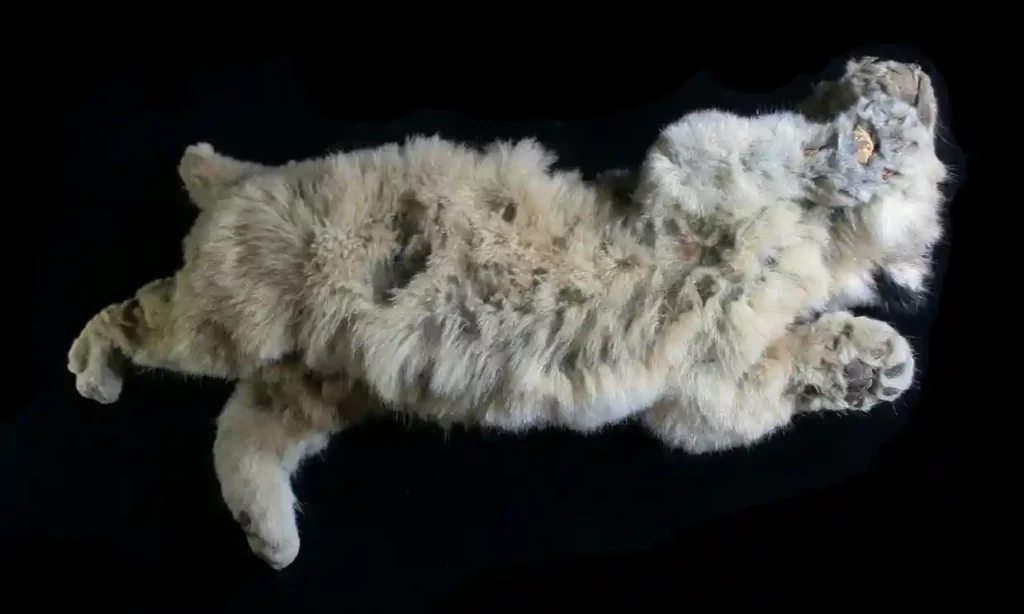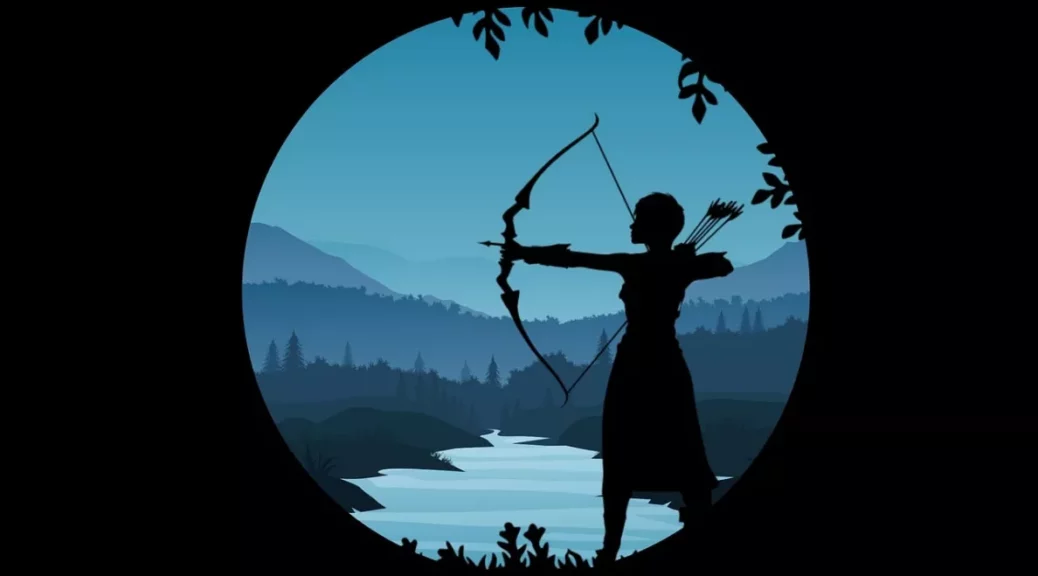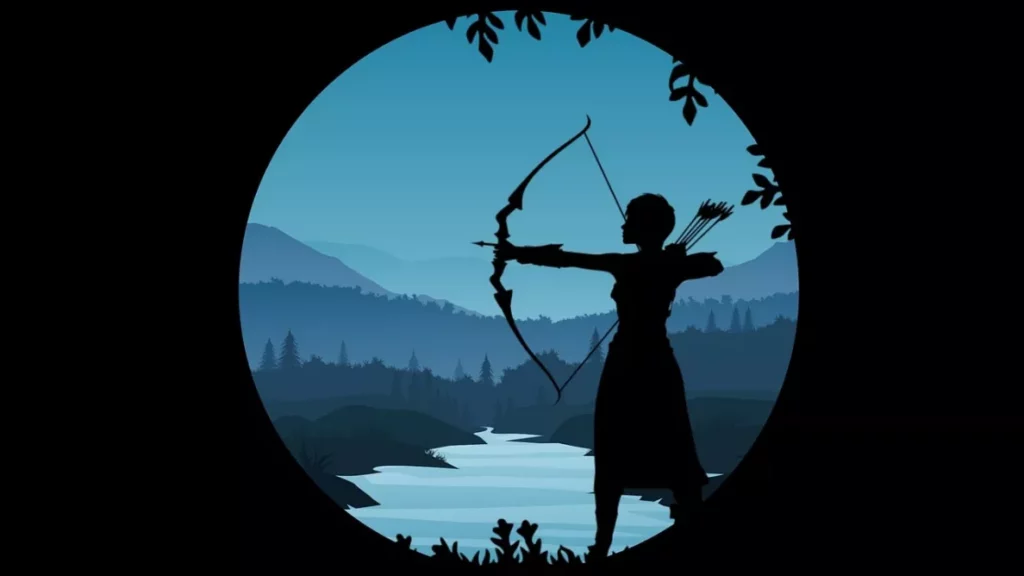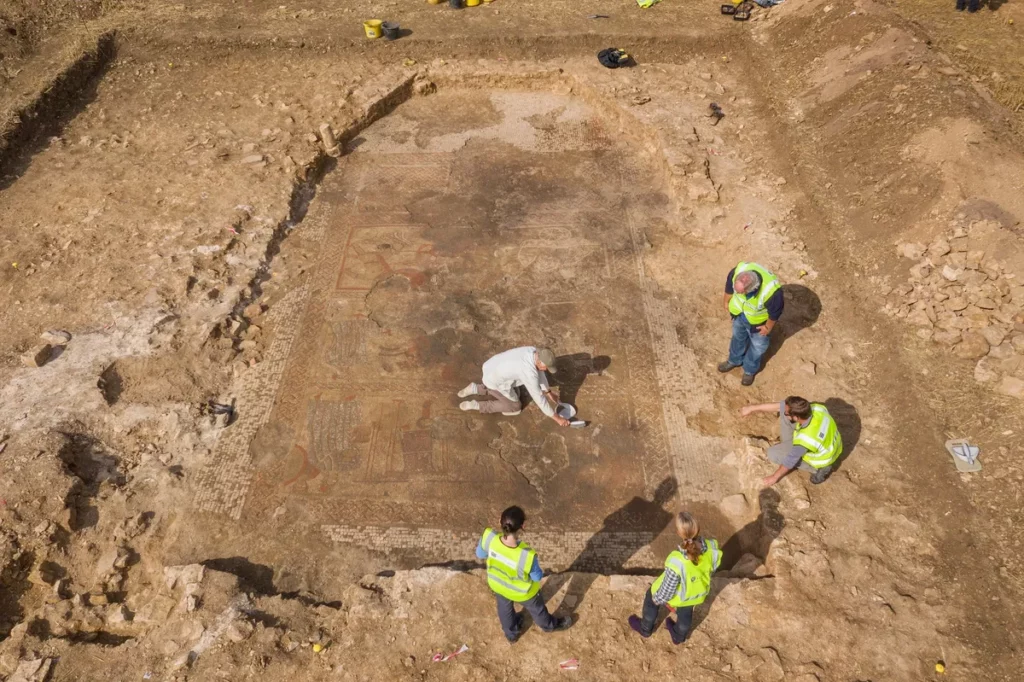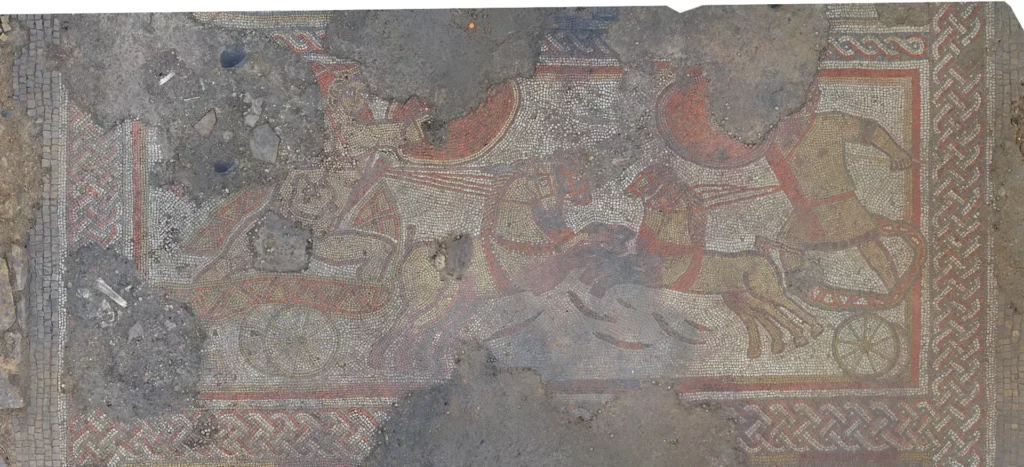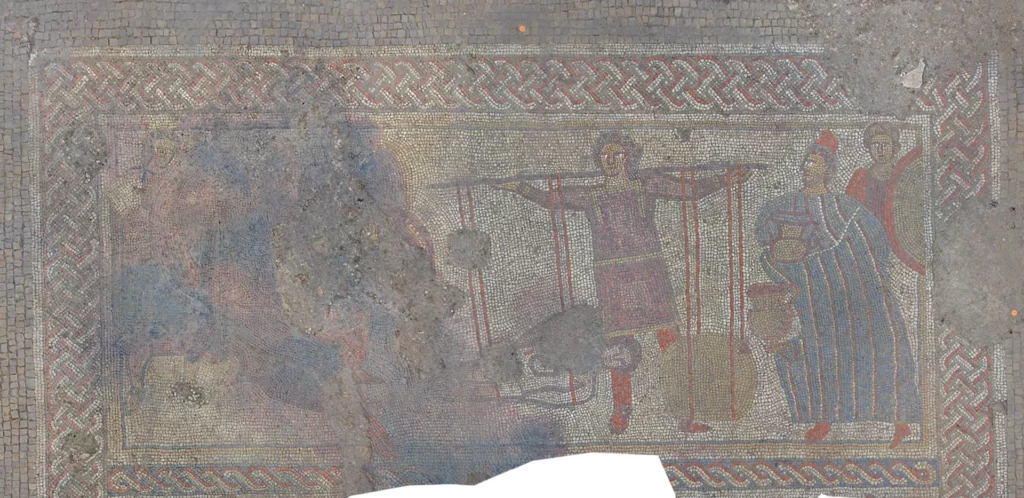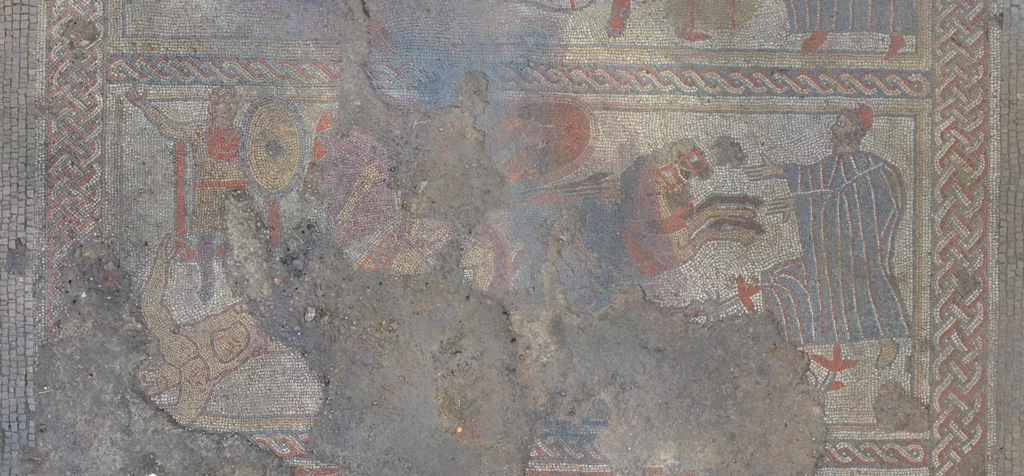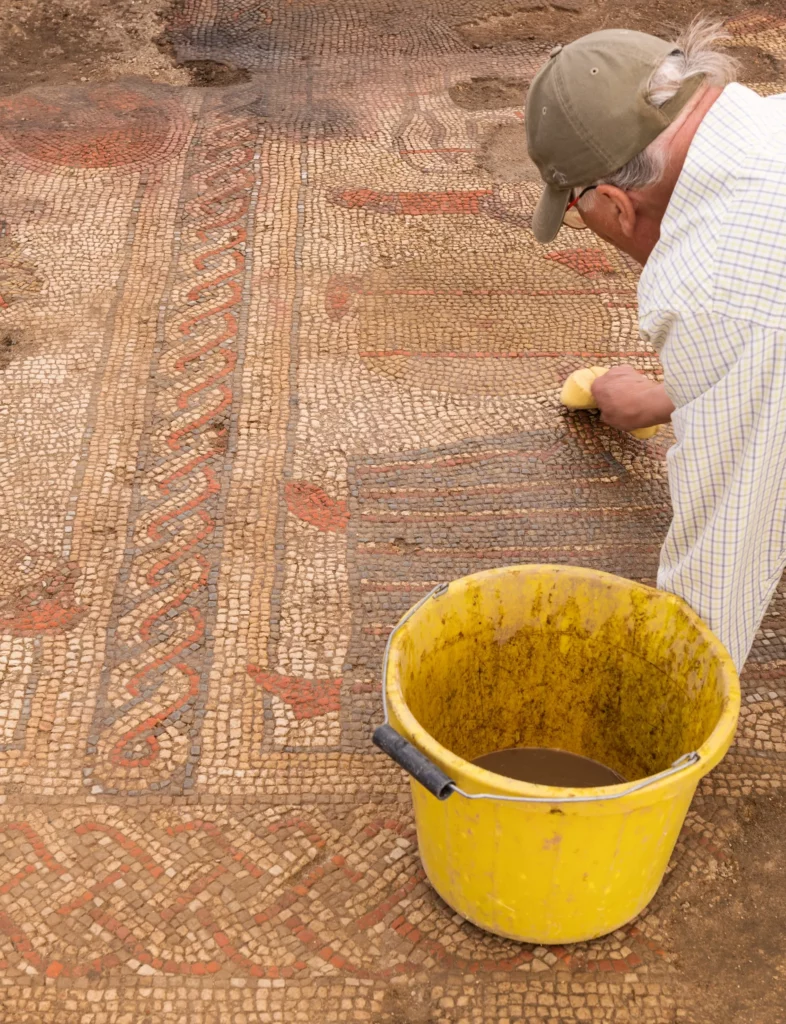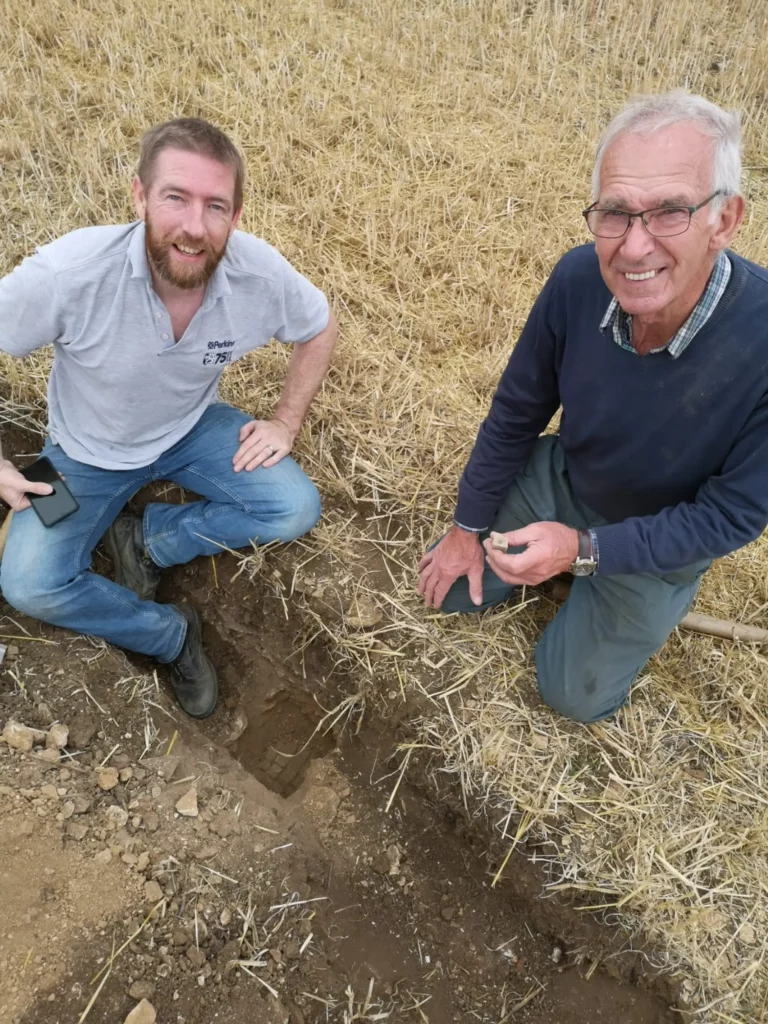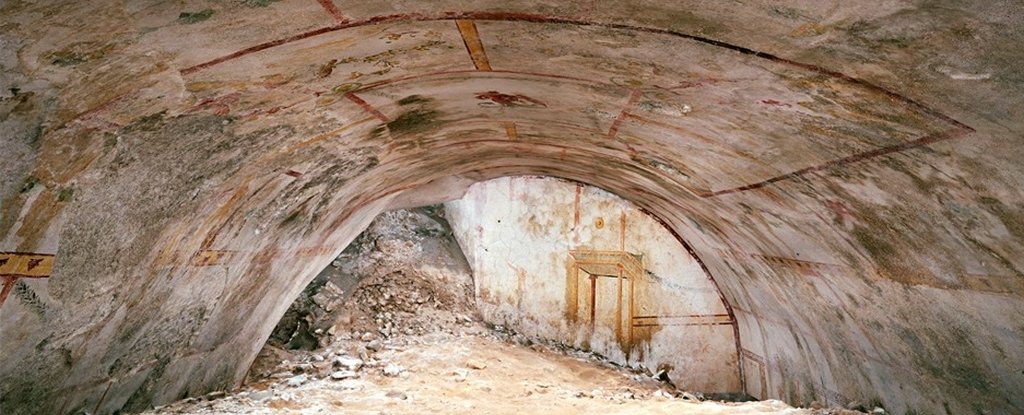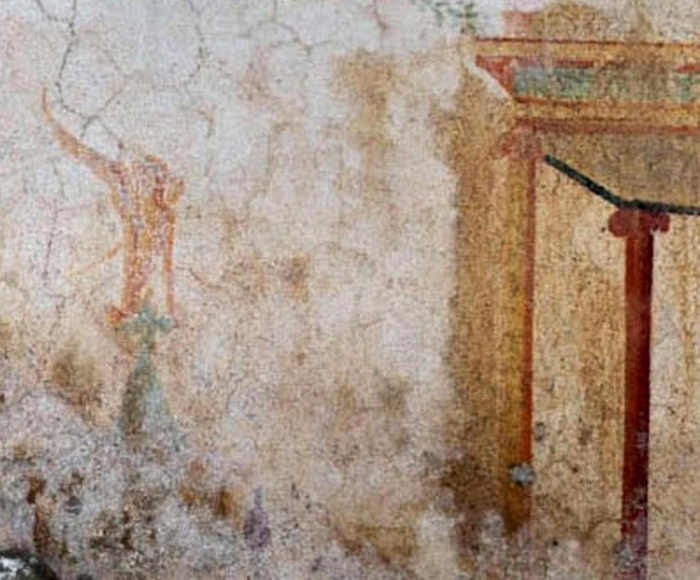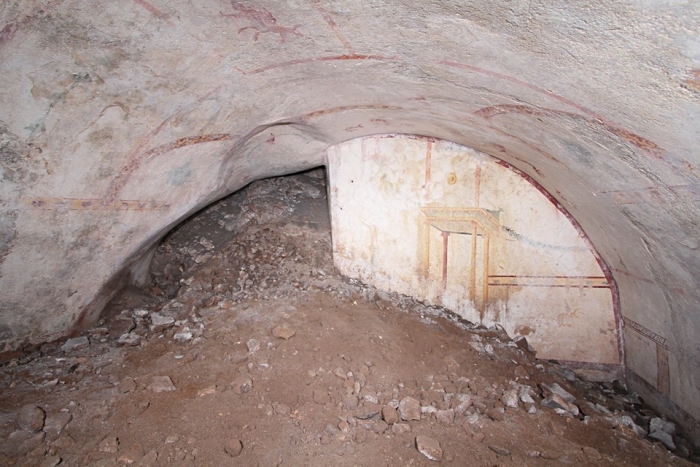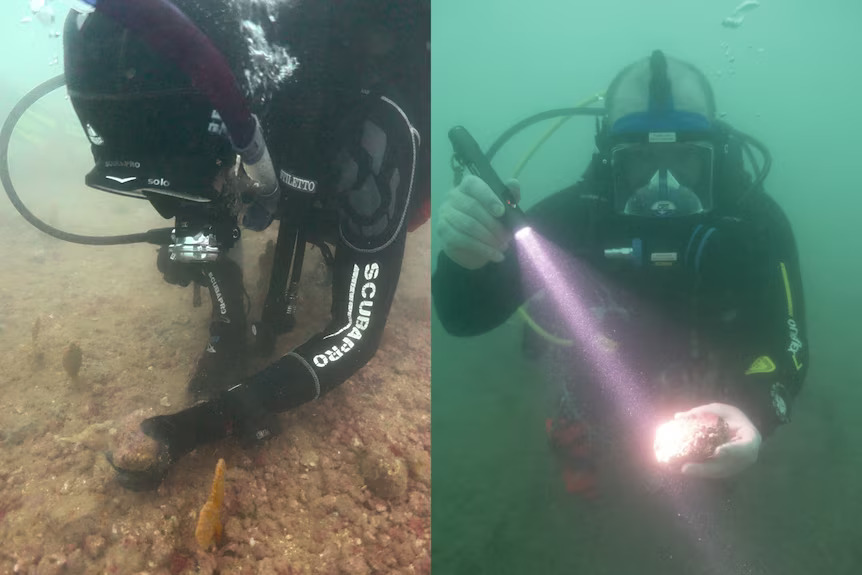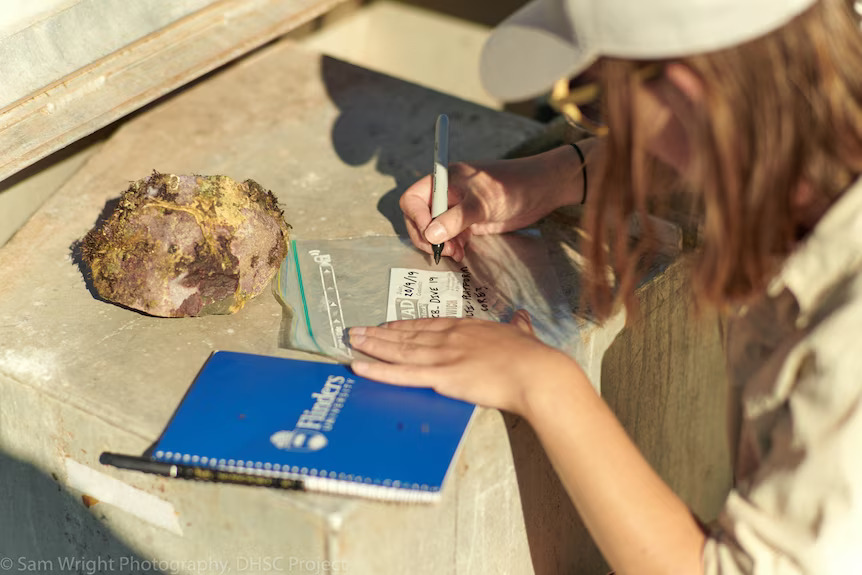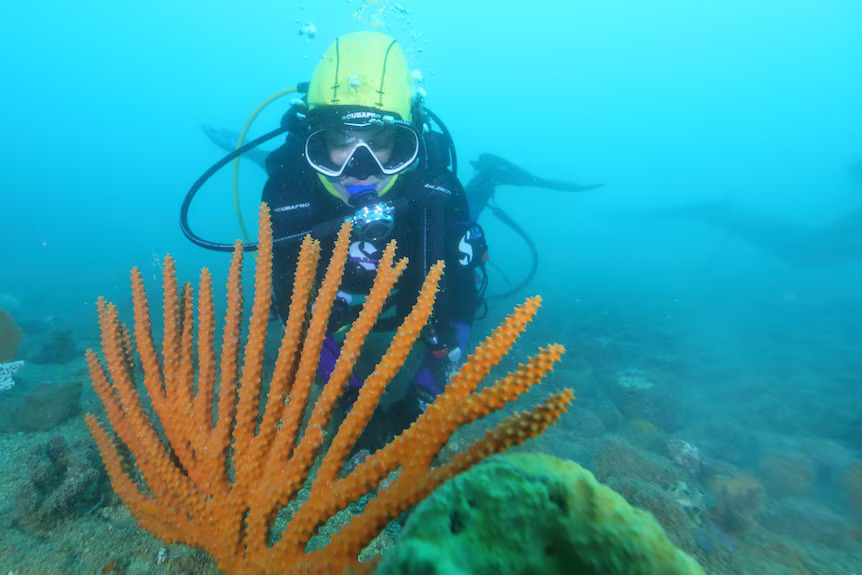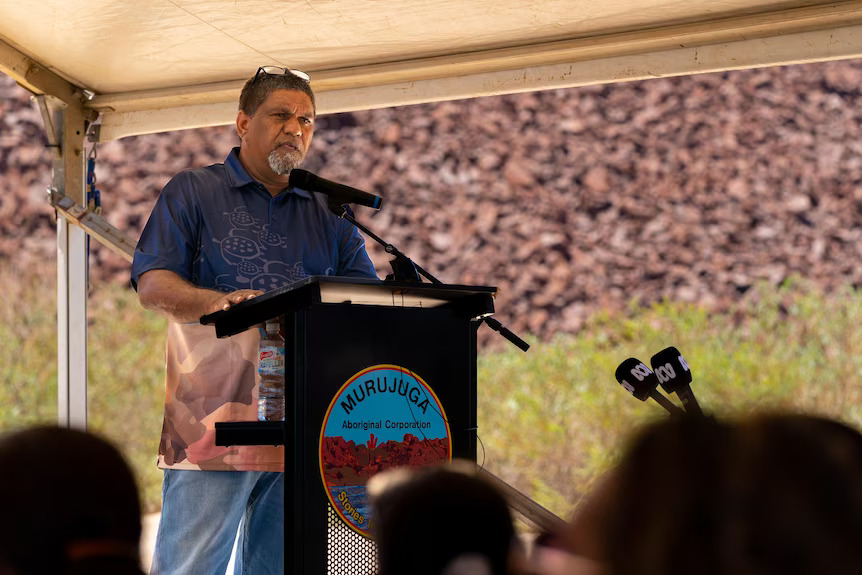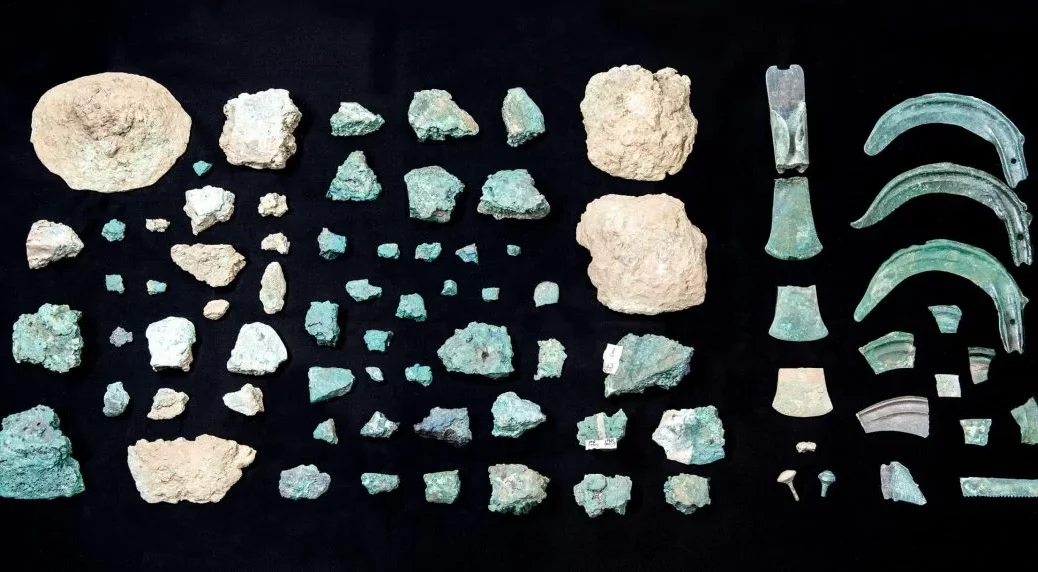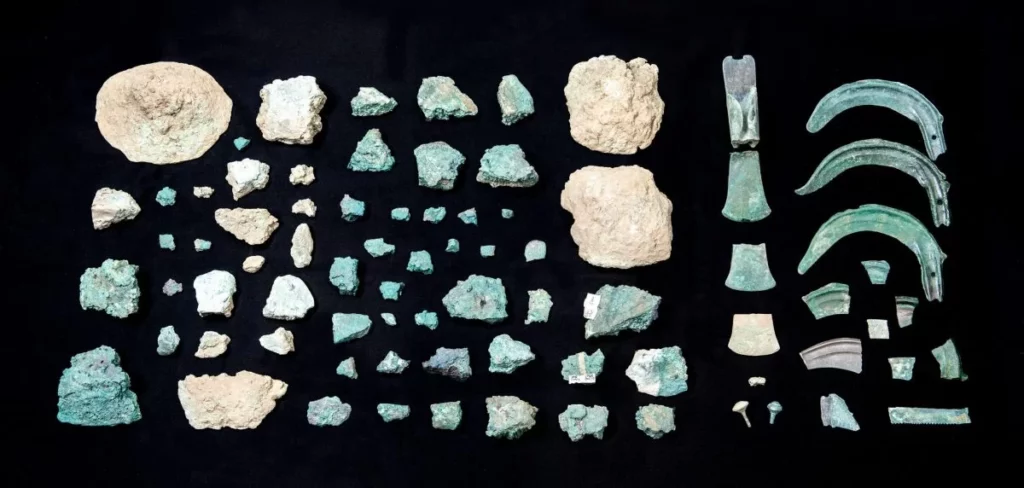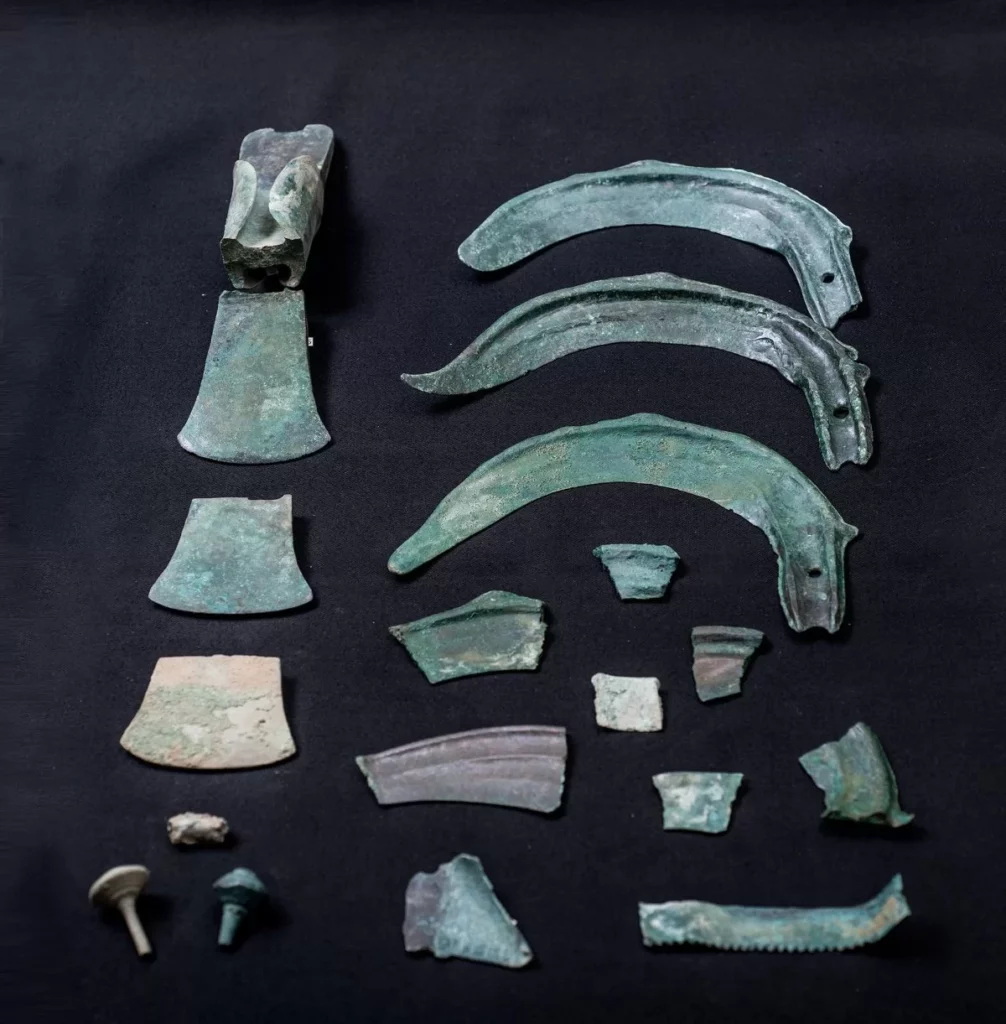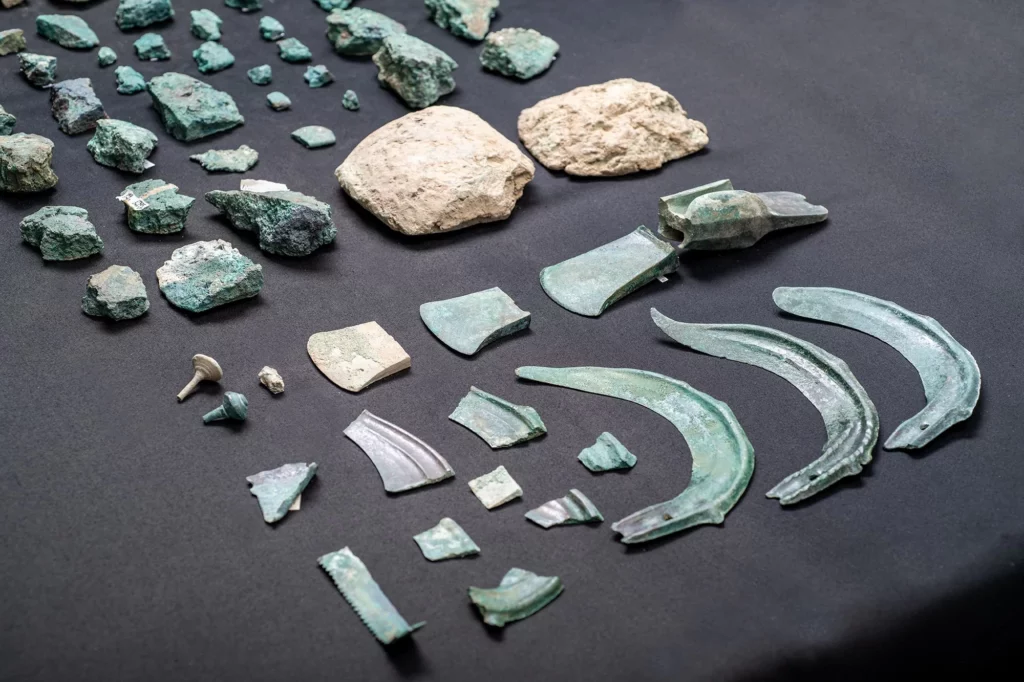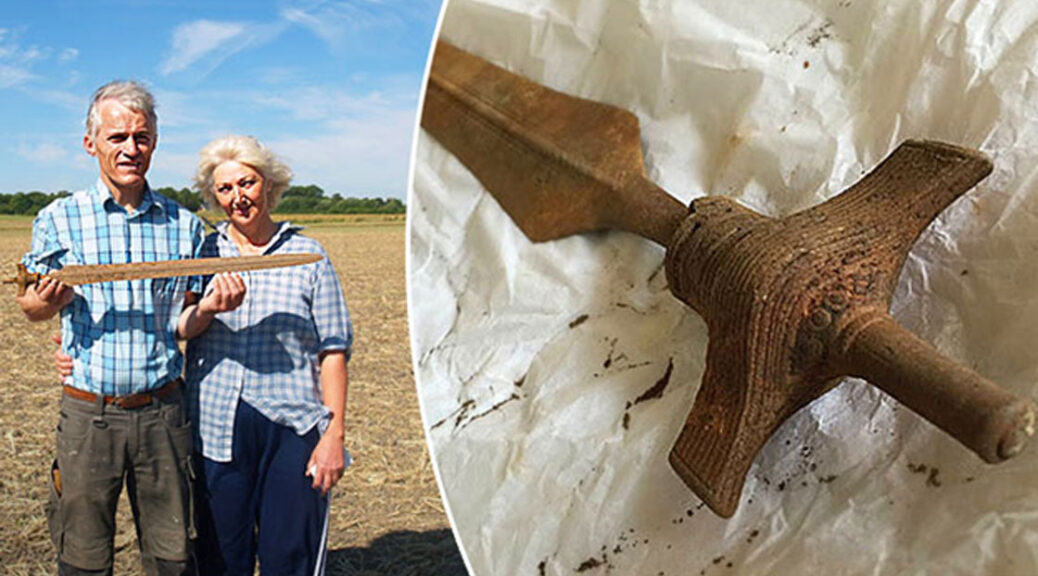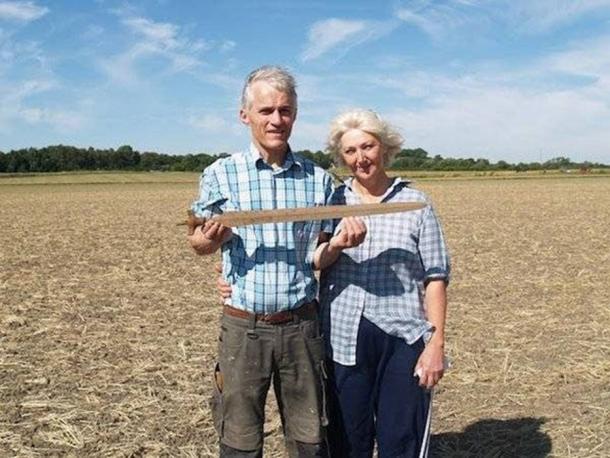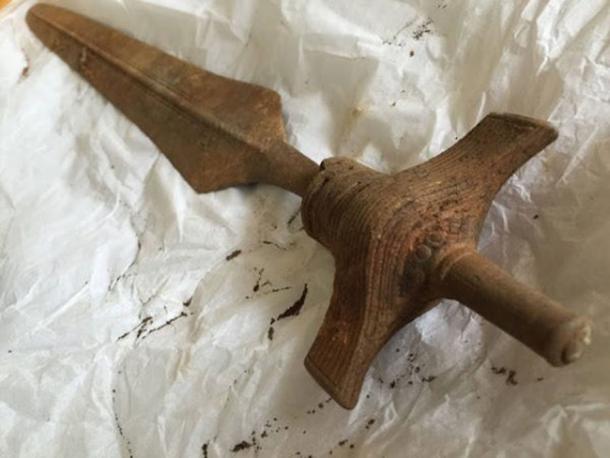‘Extraordinary’ 800-year-old chain mail discovered in Co Longford shed
A vest of chain mail, which is more than 800 years old, has been handed into the Knights and Conquests Heritage Centre in Granard, Co Longford.

At an event last weekend, a member of the public disclosed that they had a hauberk, or coat of chain mail, in their garden shed.
The centre’s general manager Bartle D’Arcy said he was astonished when a member of the public brought in the artefact, which is in excellent condition.
“We had a Norman heritage day as part of [national] heritage week. I was walking around wearing a chain mail coif when people came up to me and said that they had ‘some of that’ in their shed. I said ‘What do you mean you have some of that in your shed?’
“They brought it to me two days ago and it is a full hauberk, 800 years old. They took it out of a drain a few years ago with a digger and just had it in their shed. It is extraordinary.”
Mr D’Arcy brought the chain mail to the National Museum of Ireland on Thursday. Officers there said that they were amazed to see an intact hauberk, having only ever seen fragments of chain mail.
“It is an amazing, extraordinary find. This all happened because of a chance encounter. They didn’t know what it was because it got stuck in the digger bucket. Unless you knew your history you wouldn’t really know what it was.
“It wasn’t discovered in Granard but it was discovered locally, but we are protecting the identity of the person. We are doing everything by the book and have declared it to the museum and so on,” he said.
Plans are afoot to put the chain mail on display in Longford. Mr D’Arcy said the museum would take the chain mail away to carry out some work on it.
Mr D’Arcy said the chain mail was in such good condition because it was in the water for so many years.
“It only rusts if you have water and air and if it’s only in water it survives. When the digger brought it up it was in peat.”
It is understood the chain mail dates back to 1172 shortly after the Normans arrived in Ireland. It will be restored and preserved before it goes on display.


